Adored upon their debuts, Zagato’s two Volvo-based concepts are lost to time

Volvo injected Italian flair into its range when it introduced the upscale 262C for the 1978 model year. Designed and built by Bertone near Turin, the coupe stood proud as the first product of an unexpected collaboration, but the idea of putting marinara sauce on Swedish meatballs wasn’t new. Zagato, one of Bertone’s direct competitors, blended Scandinavian safety and Italian style nearly a decade before the first 262C disembarked in America.
In the 1960s, coachbuilders often created concepts—some of which were truly bizarre—in a bid to secure a lucrative manufacturing contract from a major carmaker. In 1969, however, Zagato wasn’t courting Volvo by itself. The design house was commissioned to pen a more alluring Volvo by Motauto, the Swedish firm’s Italian importer. At first glance, Zagato and Motauto’s chances of success were slim: Volvo wasn’t overly concerned with its image in the land of Alfa Romeo and Lancia, and it didn’t need to be. Volvo enjoyed a huge share of the Swedish market, and its popularity was booming in America: Annual sales increased from 13,926 units in 1960 to 38,826 in 1968 thanks largely to the right-sized Amazon. Italy was a rounding error, a market where big cars were the exception, not the rule, and where draconian regulations later trapped motorists in a 2.0-liter straitjacket.
Even so, Motauto spotted a rare opportunity to help Volvo elbow its way to the gran turismo table. The importer had already commissioned Fissore to turn the P1800 into a one-off fastback, but executives in Gothenburg showed exactly zero interest in the vehicle. Motauto hoped that rebooting the project with Zagato’s help, and timing the proposal closer to the P1800’s 10th anniversary, would seal the deal. Stylists prepared the coupe for the 1969 edition of the Turin auto show, where it was triumphantly displayed next to the Alfa Romeo Junior Z, the Lancia Fulvia Zagato, and the Fiat 500 Zanzara.

Dubbed GTZ, a name Zagato would eventually resurrect on a limited-edition coupe in 2020, the close-to-production concept took the form of a 2+2 with elegant proportions and a large greenhouse. Its front end wore four round lights and a bright grille with a single vertical slat, though early design sketches kindly provided by Zagato’s archives department reveal that designers also considered more modern-looking designs with glass covering the light clusters and a rectangular grille.

Ultimately, the GTZ resembled nothing in the Volvo range, but an emblem on the hood revealed the common DNA beneath its skin. Power came from a 2.0-liter four-cylinder engine (called B20 in Volvo-speak) borrowed from the 140 range and upgraded with a pair of double-barrel Solex carburetors. Horsepower and torque figures were never published, and some argued they mattered little. Zagato’s shapely coupe was an exercise in design, not in flat-out performance. It turned every head on the show floor in Turin and was sold before the event closed its doors.
Zagato had given Volvo executives something to chew on, but their reaction wasn’t as nearly enthusiastic as Motauto had hoped. Maybe Volvo worried that the GTZ would overlap with the P1800, because the firm chose not to add the coupe to its range—not even as a limited-edition or an Italy-only model. While specific feedback from the folks who ran Volvo in ’69 is lost to time, the company’s archives department pointed out a recurring boardroom complaint concerned the GTZ’s lack of power.
Luckily, adding horses to the cavalry was relatively simple.
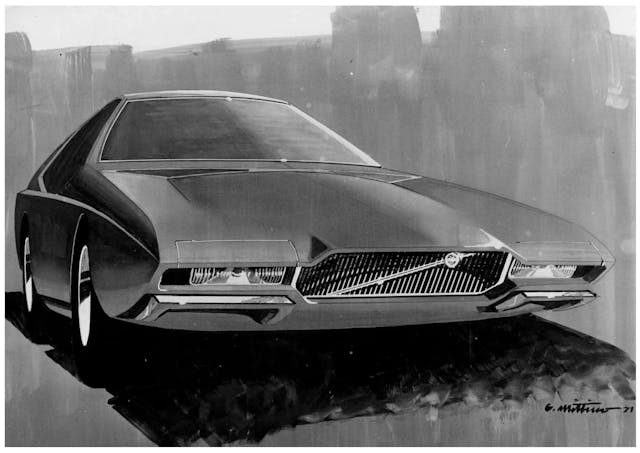
Zagato phoned Motauto again to ask for a second prototype, and it requested the 164’s 3.0-liter straight-six under the hood. Called the GTZ 3000, the new coupe was shorter, lower, wider, and—crucially—lighter than the vault-like sedan on which it was based. The 3000 model also differed from the original GTZ thanks to a redesigned front end fitted with covered headlights and a rectangular grille that created a visual link with the 164. Out back, Zagato kept the 164 emblem.
Here again, sketches mined from the depths of the Zagato archives confirm that stylists explored other design avenues. One three-box silhouette brought the GTZ 3000 much closer to, say, the Ford Mustang. Another positioned the grille below the headlights for a sleeker-looking front end and widened the C-pillar.
Announced with a 190-hp engine, the GTZ 3000 was presented at the 1970 Geneva auto show. Ink flowed, flashbulbs popped, and an anonymous buyer later purchased the coupe, but Volvo stood its ground. It didn’t want to add another coupe to its range, regardless of whether the vehicle had four or six cylinders. In the eyes of Volvo, Motauto’s little sideshow was interesting but not worth pursuing. Without the factory’s nod of approval, the project was effectively doomed, and the P1800 retired without a direct successor in 1973 after morphing into a shooting brake.
Fast-forward to 2021, and both GTZ concepts are as unknown as if they had never existed. Volvo’s star continued to rise during the 1970s (its American division sold about 60,400 cars in 1975) and it had little time to track down an obscure sports car it didn’t commission. Zagato had no shortage of clients in the 1970s, and it also began building a fiberglass-bodied electric microcar called Elcar in America.
No one knows what happened to the GTZ; it simply vanished. It hasn’t been seen, heard, or heard of in decades. Was it ever let loose in Italy’s chaotic traffic, driven hard on the autostrada, or mercilessly street-parked in Rome? We simply don’t know. It may have been crushed, or it might be lurking in a warehouse in a remote part of Italy, waiting to be discovered.
As for the GTZ 3000, it was parked after being seriously mangled in an accident and sold to a Swedish collector decades later. It remained hidden from the public eye until photos showing it sanded to bare metal and almost completely disassembled popped up on the enthusiast forum Coachbuild in 2009. Niklas Hannah, the user who took the photos (shown above) stressed that its owner did not want to reveal the car’s location. Our attempts to locate the GTZ 3000 were unsuccessful, so we don’t know whether the project has progressed in the past 15 or so years.
Have any leads on this obscure pair? Let us know. In the meantime, we’re keeping our fingers crossed that one will surprise us by making an appearance at a car show in the not-too-distant future.
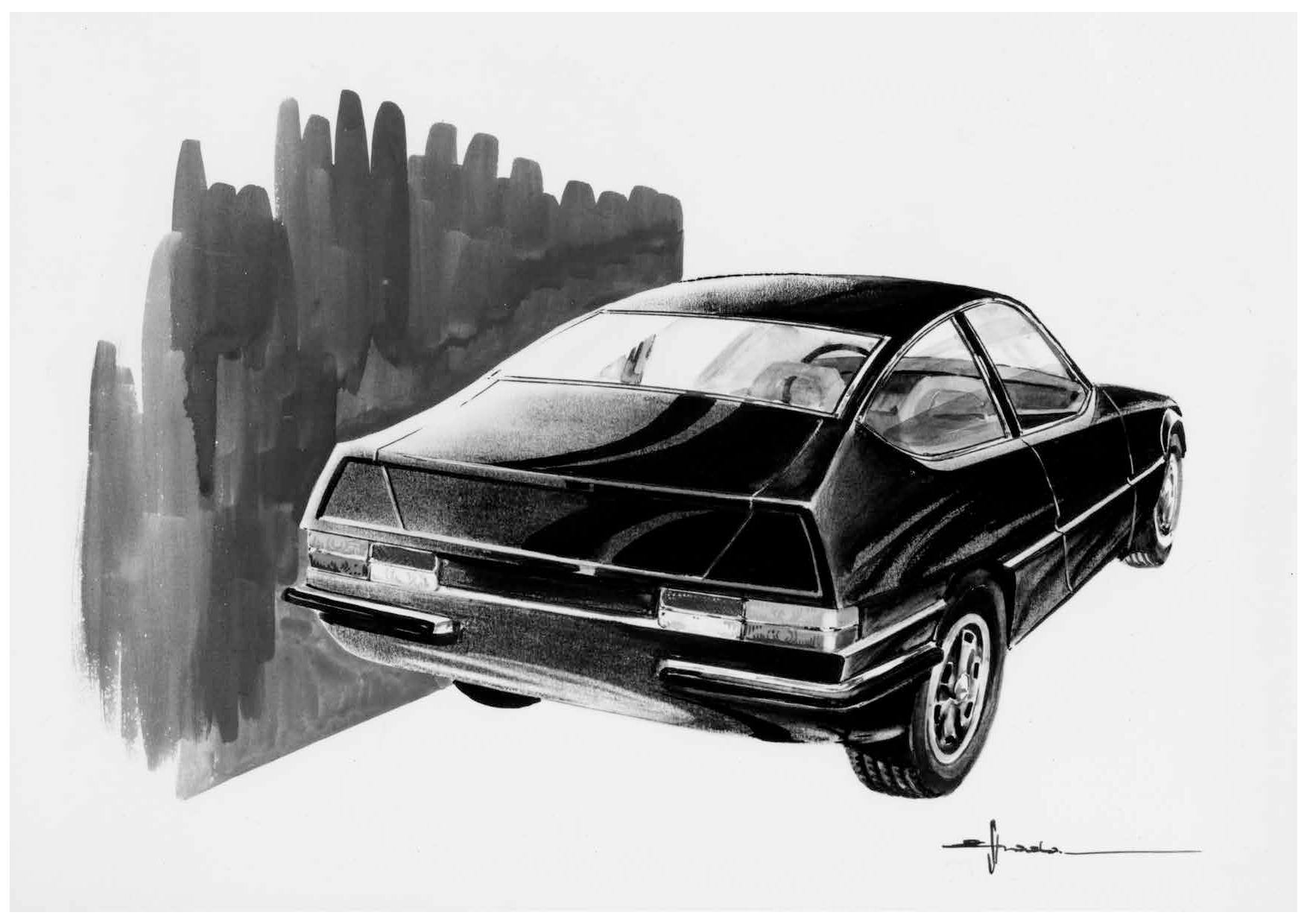
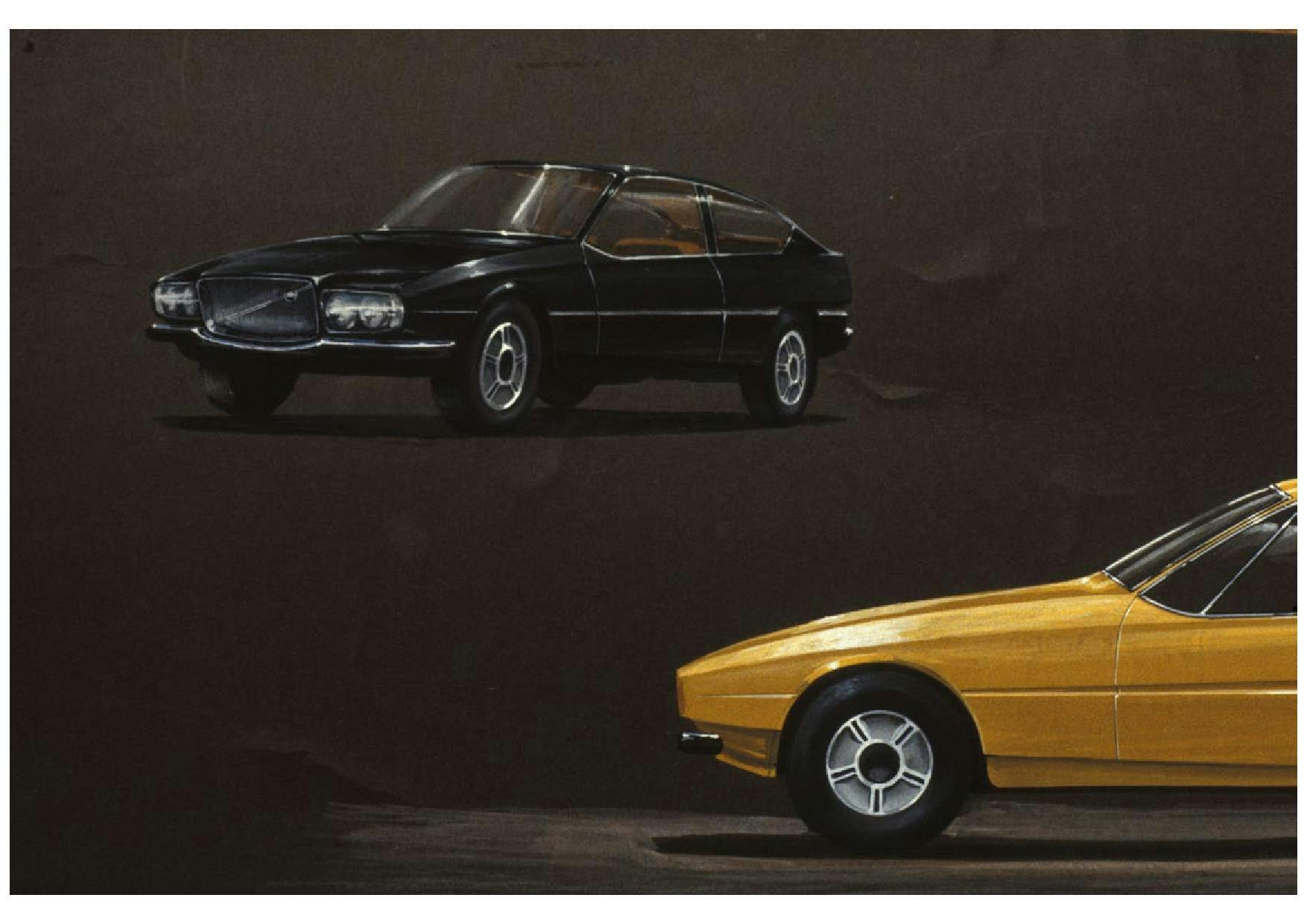
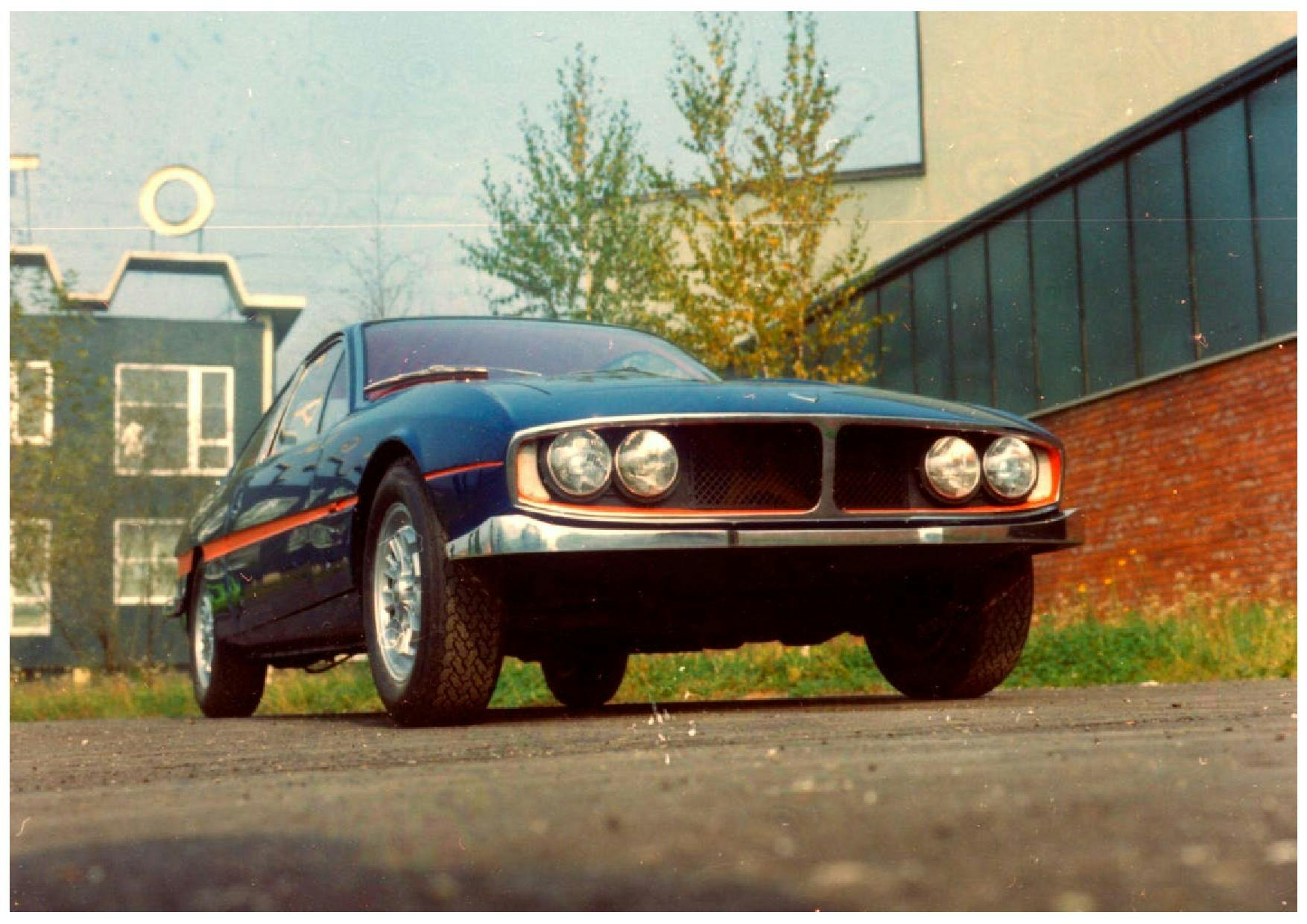
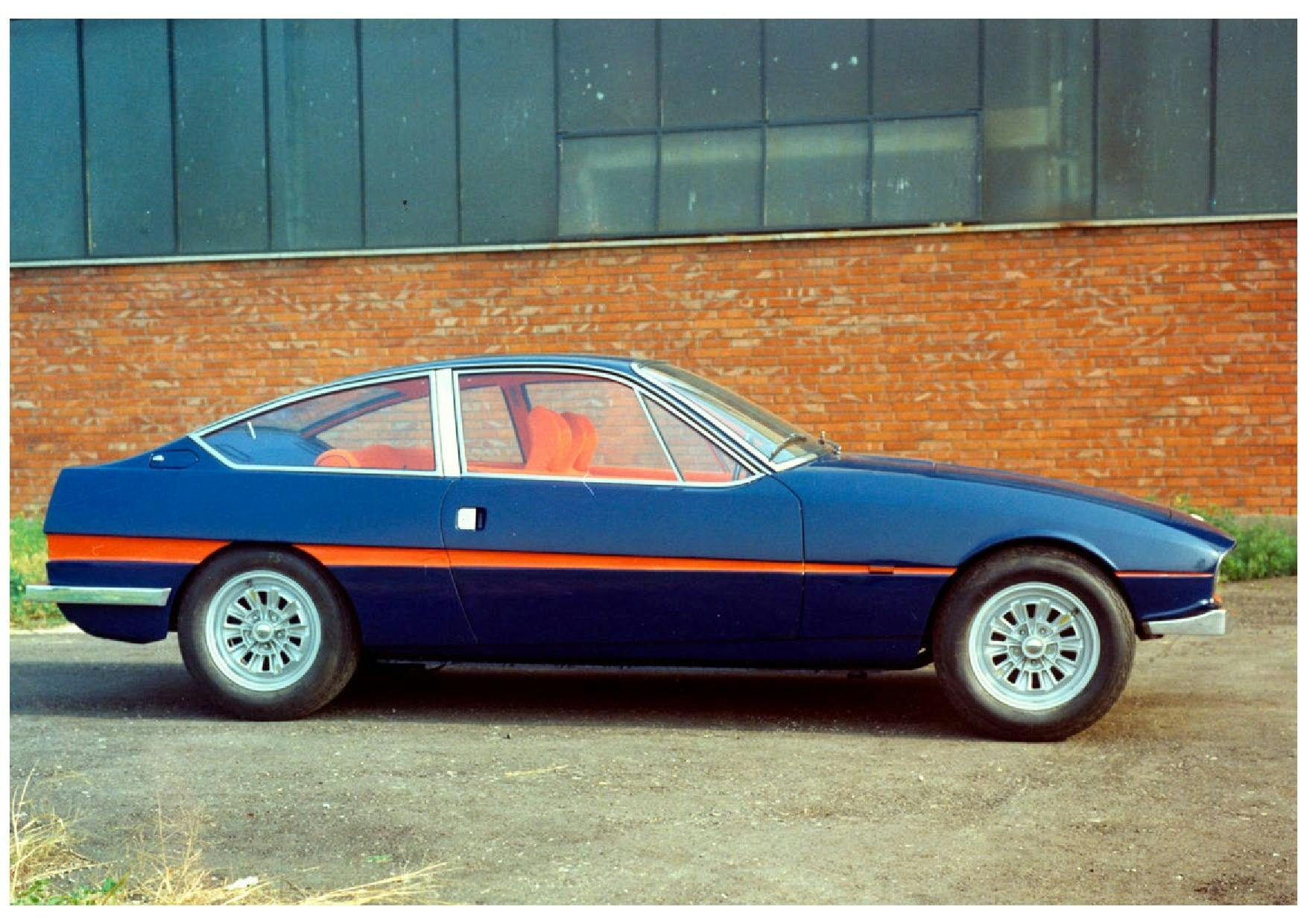
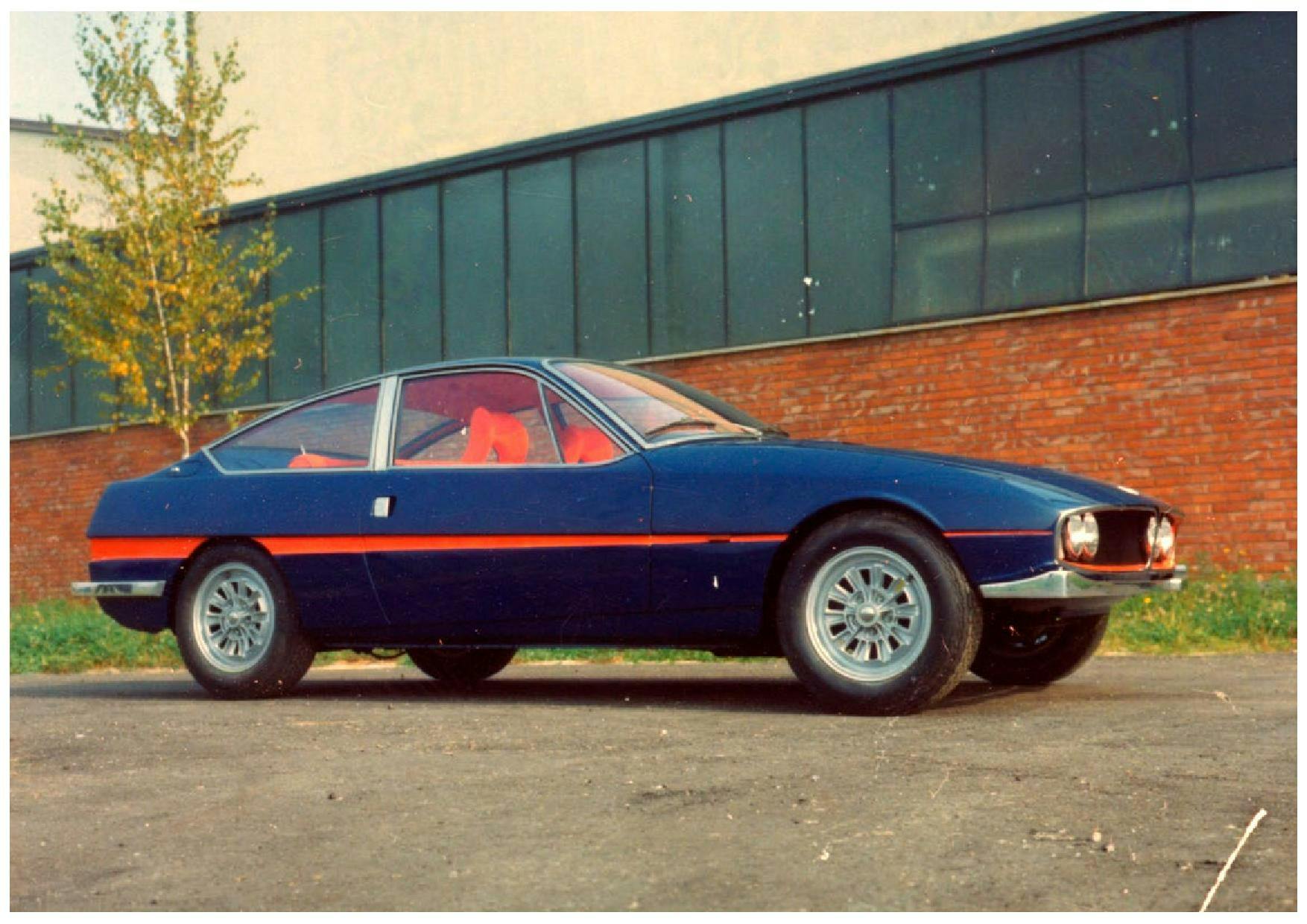

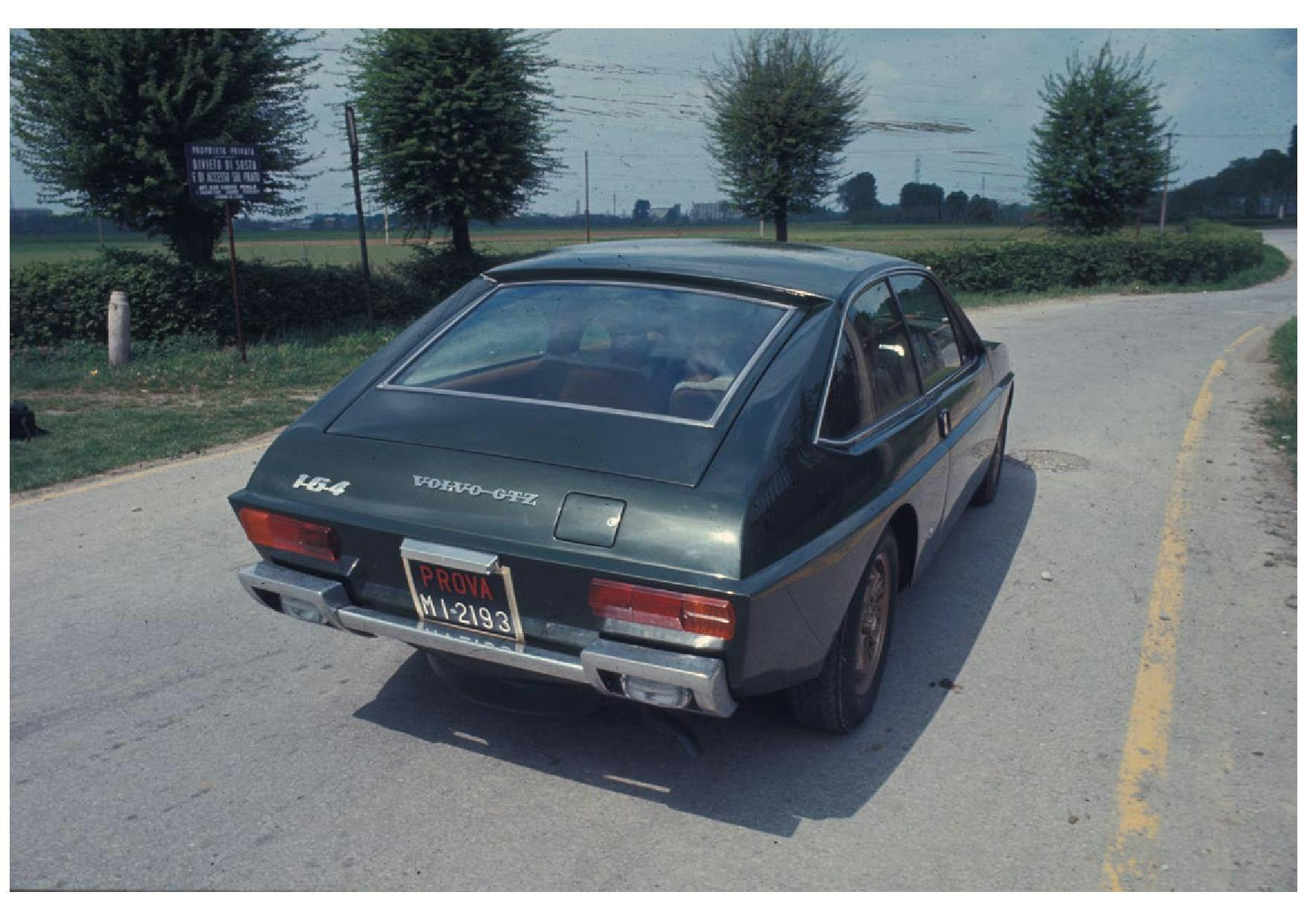
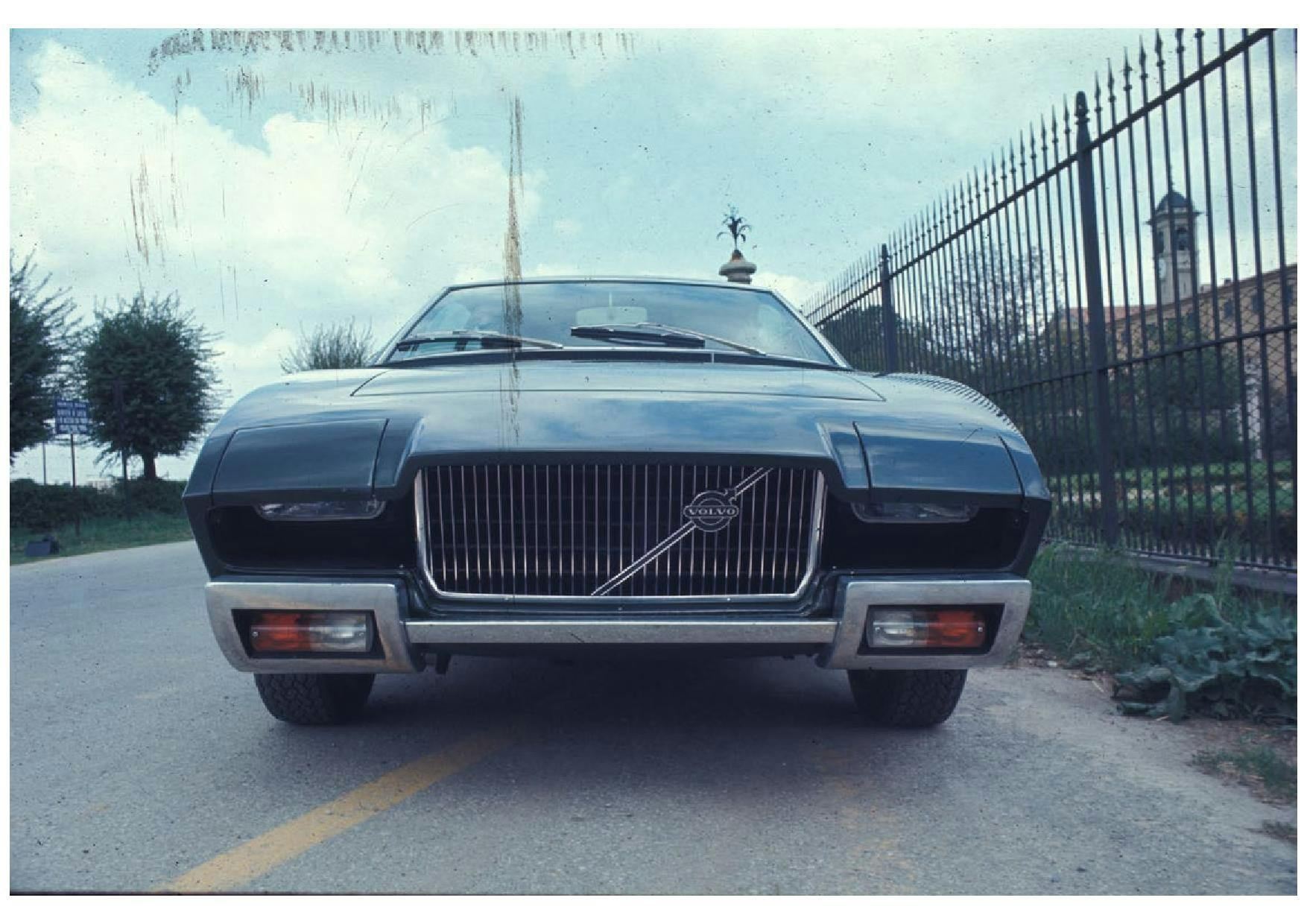

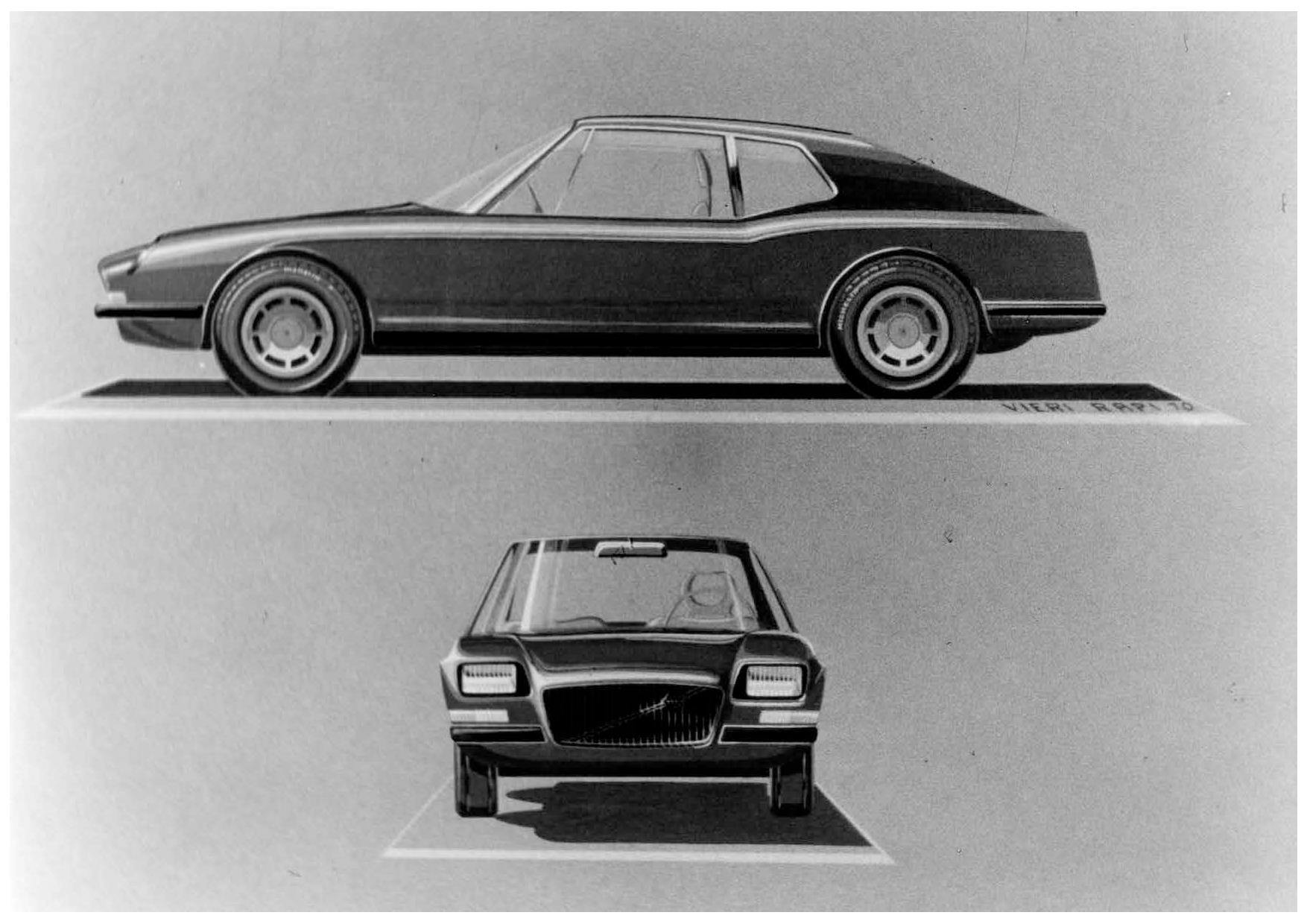
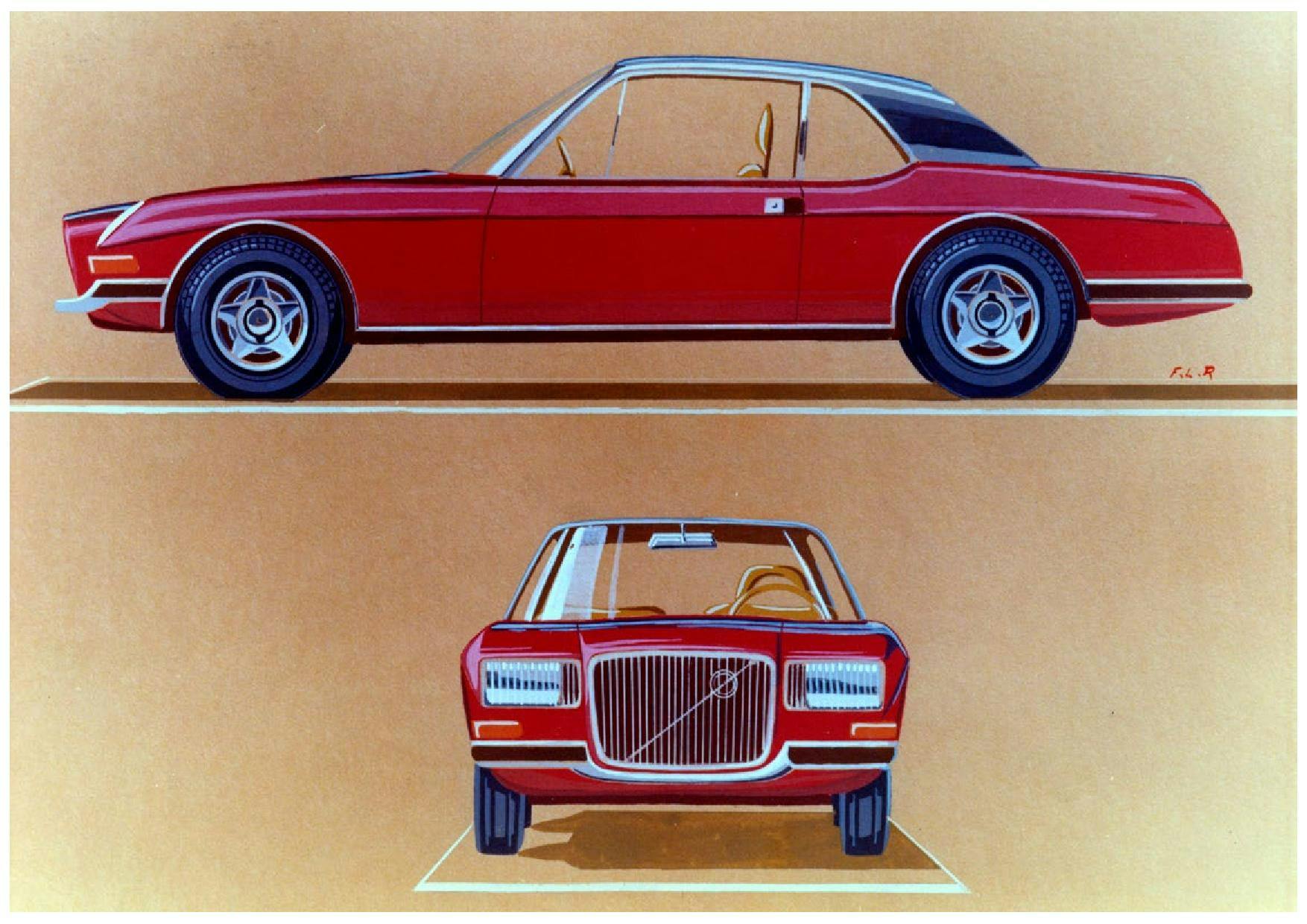
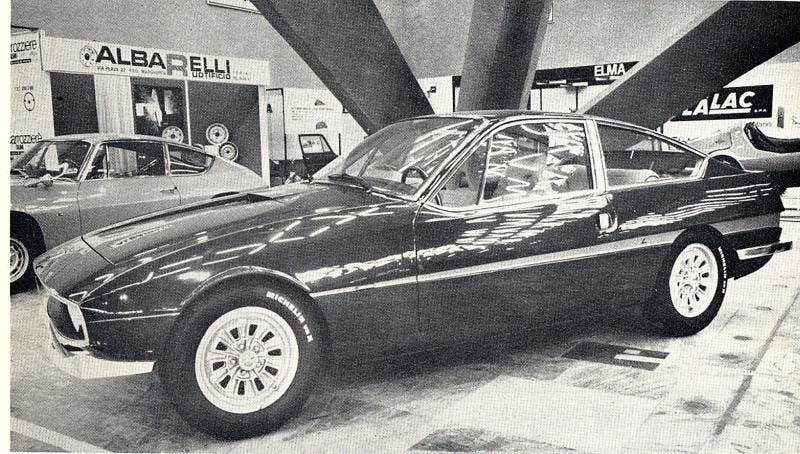
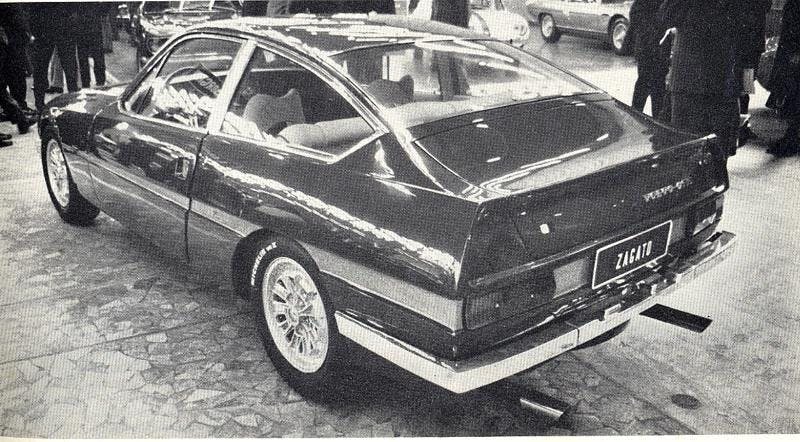

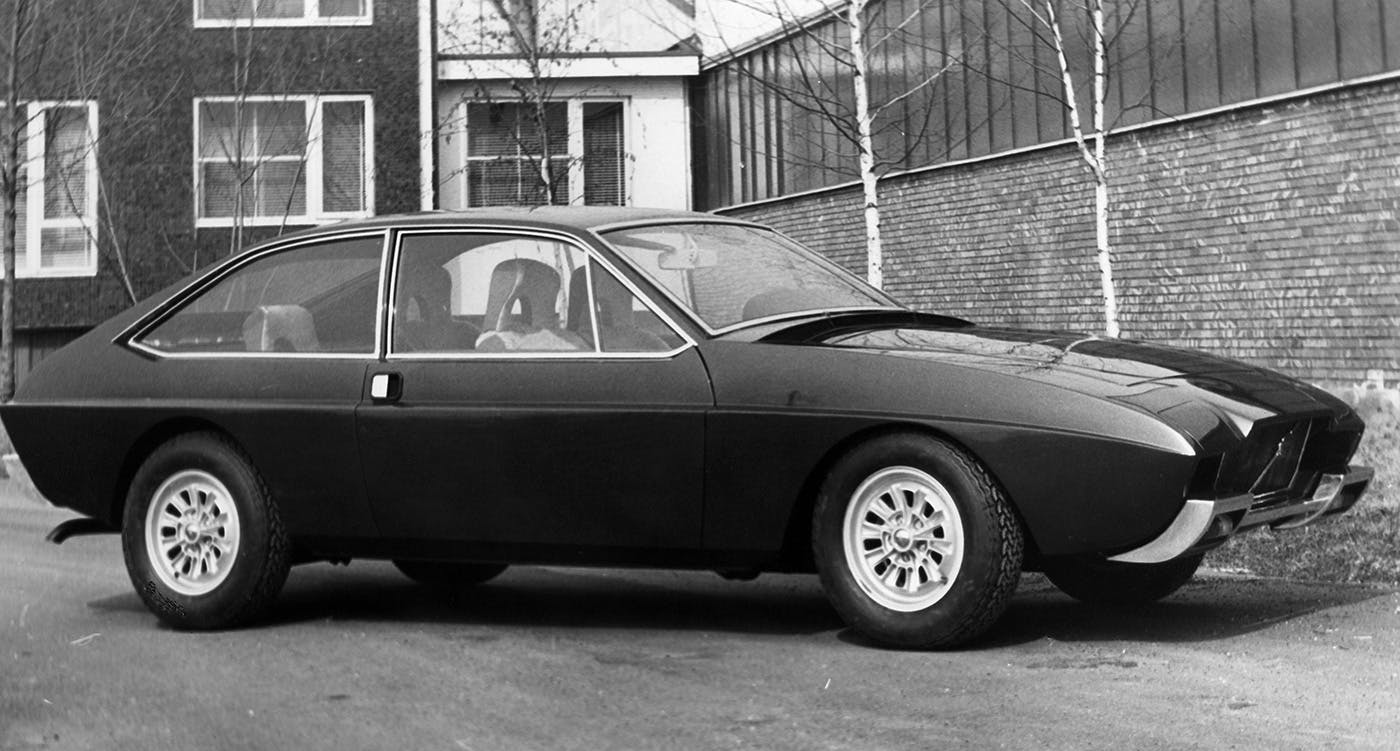




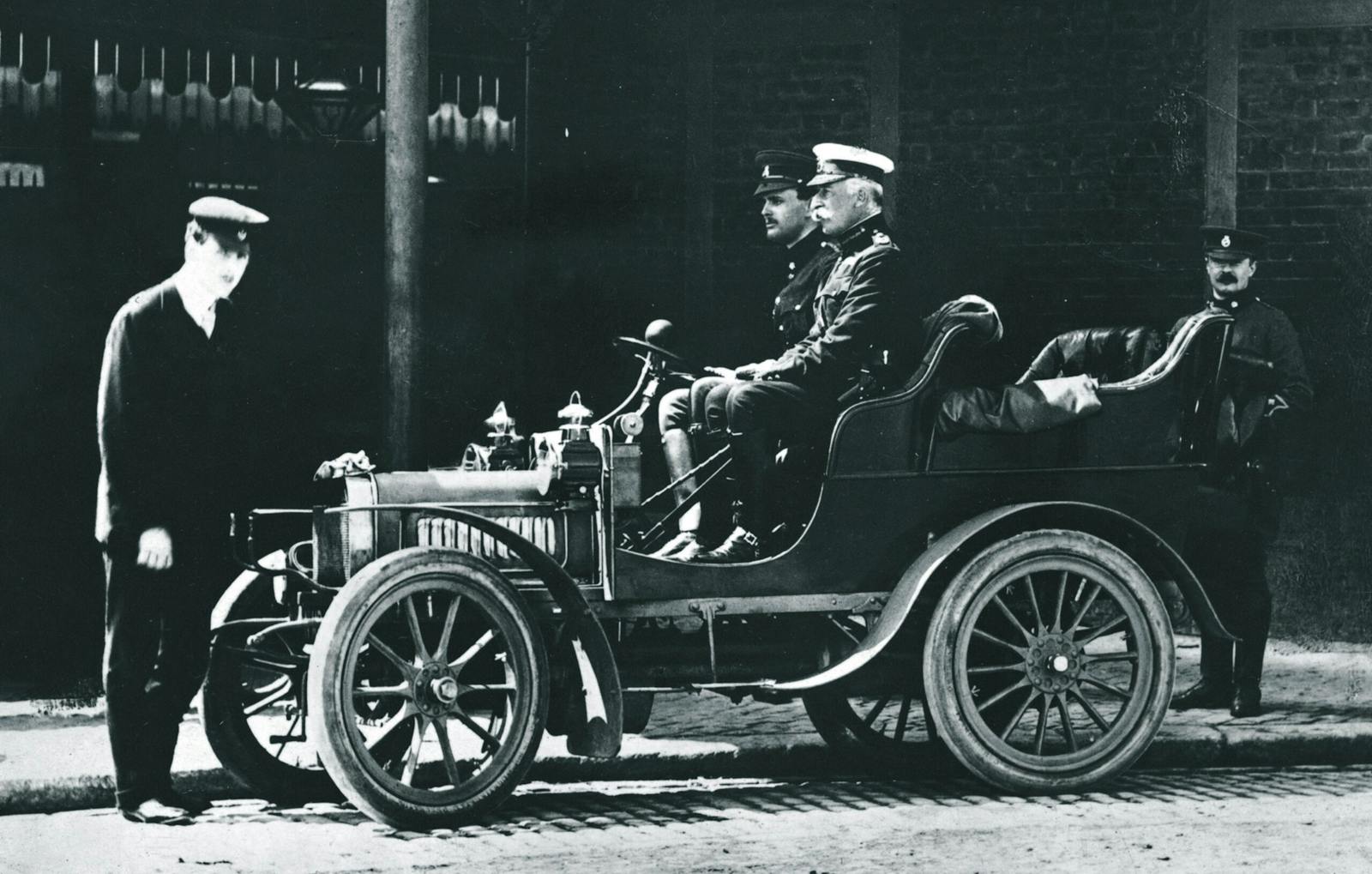
Many years ago the Volvo GTZ 3000 was at the company http://alucars.dinstudio.se/ for restoration. That is probably where the restoration pictures are taken. I saw it there myself. Some roumors say that Volvo has bought the car and that it now is at Volvo in Gothenburg. That is only a roumor. Contact Alucars and ask. They know where the car is but I cant assure that they will answer.